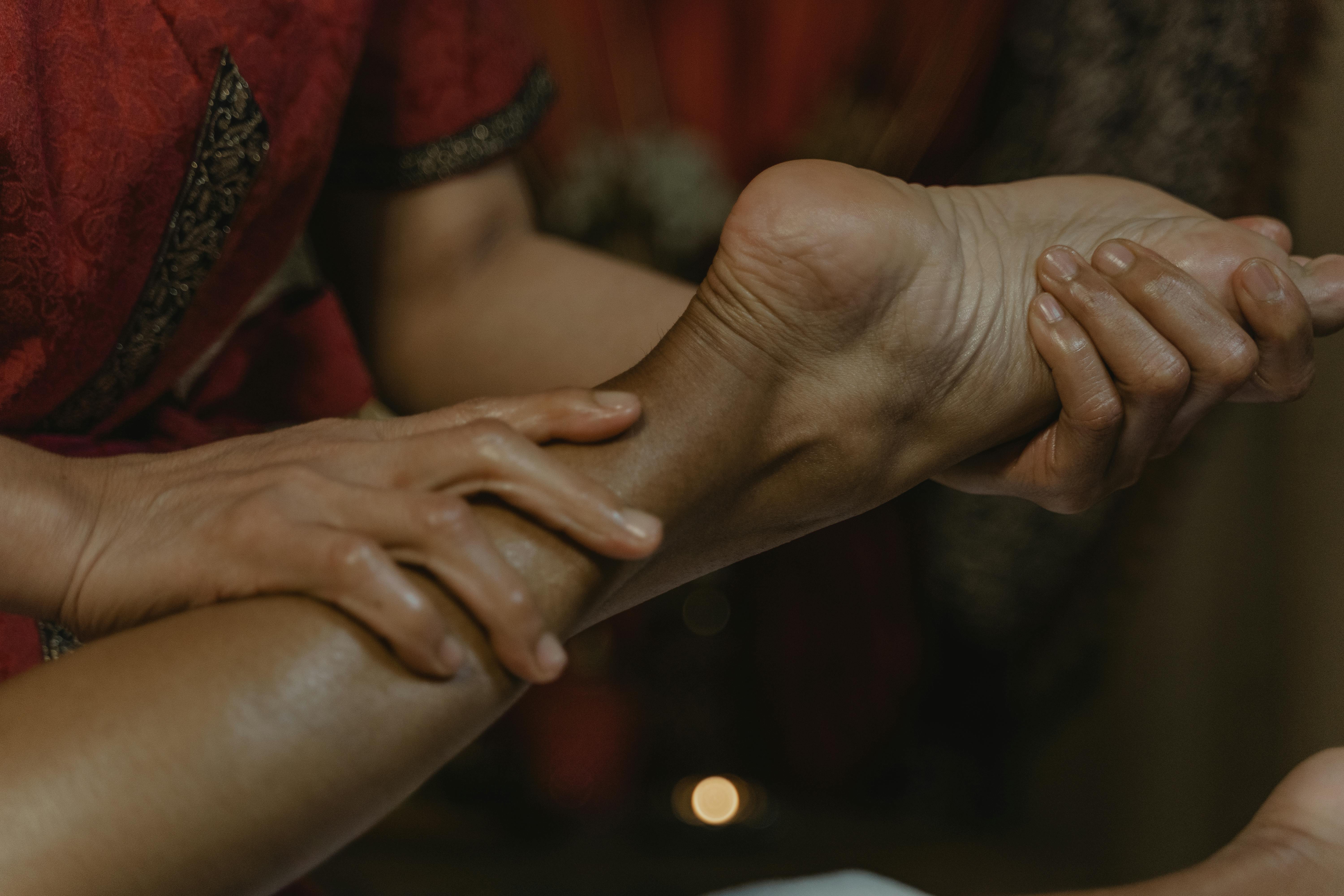The hip is a ball-and-socket joint and, along with intricate sets of ligaments, offers the ballet dancer tremendous range of motion while also supporting great weight. The hip is one of the most elegant parts of the body, from an engineer’s perspective.
Of course, there’s the occasional price paid for all that beautiful movement your hips give you. There may be occasional strain on the hip ligaments or, more often, the muscles in the hip area. Some ballet dance moves can create imbalances in the hip area. There are always differences in the strength and elasticity of the hip muscles and the most common conditions among dancers are hip flexor tendonitis, impingement, and of course, snapping hip syndrome.
Snapping hip syndrome is caused by tight tendons in the front of the hips. These tight tendons can cause the tendon over the hip joint to rupture and this often produces a popping sound. If this happens to you, you may also notice tenderness or pain in the front of your hip. There will also be a shooting pain in the knees if you bring them up to your chest. Developments can be painful to perform.
To prevent this from happening in your ballet dance, your hip flexors and abductors will need to be gradually stretched and strengthened. In your ballet dance, your torso should be properly aligned without arching your back too much or digging under. Do not dip at the hip while standing on one leg, or raise the hip of the working leg. Twisting the pelvis and forcing positions is also asking for trouble.
If you have pain on the side of your hip, you could be suffering from trochanteric bursitis. This is inflammation of the trochanteric bursa and is a common cause of hip pain in ballet dancers. The trochanteric bursa lies below the junction of the broad, flat bone of the femur and serves to cushion and reduce friction between bones, tendons, and muscles.
Causes of trochanteric bursitis can be due to overuse or structural imbalances in the pelvic area. Treatment will typically involve decreasing the workload and stretching and strengthening the affected areas.
If you have pain in the front of your hip near your groin, you may be diagnosed with iliac tendinitis or iliopsoas syndrome. This is common among younger dancers and affects the iliacus muscle at the bottom of the iliopsoas muscle at the front of the hip.
This condition is also due to overuse and increased emphasis on hip flexion and internal rotation, thus more commonly affecting modern dancers. Treatment will include reducing the dance load until the symptoms resolve. Anti-inflammatory medications can help reduce inflammation along the length of the tendon. The ballet dancer may also need to strengthen and correct muscle imbalances, so advice from a physical therapist or athletic trainer may be worthwhile.
For more ballet food, visit http://balletdancing4U.blogspot.com
